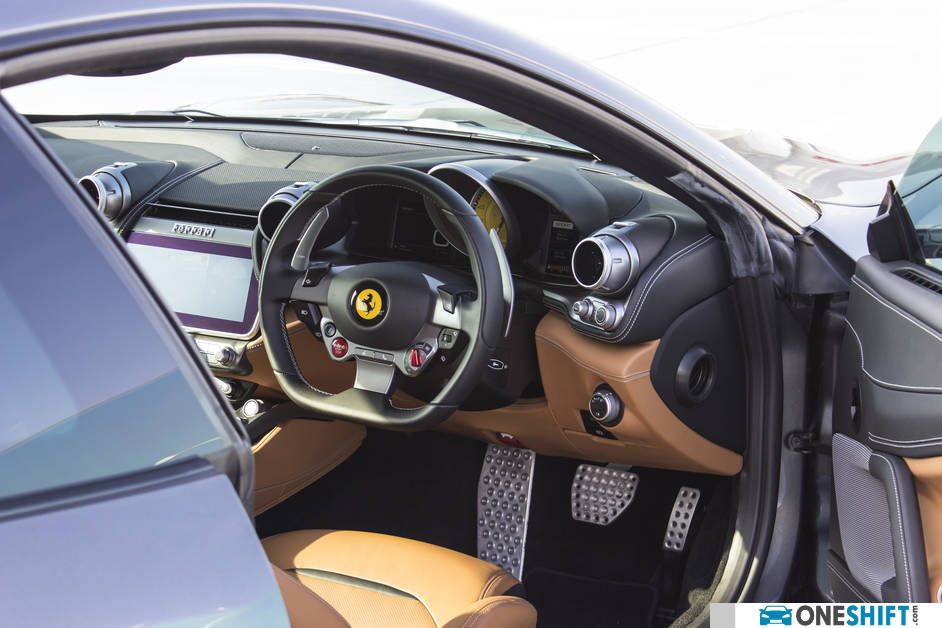Stopping Power - All About Brakes
There’s an important component or rather, a set of components that everyone is familiar with. But how much do you know about your brakes? We take a closer look at arguably the most essential safety system there is on your car. Not all brakes are created equal

There’s an important component or rather, a set of components that everyone is familiar with.
But how much do you know about your brakes? We take a closer look at arguably the most essential safety system there is on your car.
Not all brakes are created equal.
Of course they’re not. Manufacturers take into account many variables when designing and fitting brakes to each car. These include things like the performance of the vehicle, the weight of the car, its carrying capacity and the intended purpose of the vehicle.
Modern cars these days almost always feature at least a pair of disc brakes, which is the shiny metal disc sitting behind your wheels that appears to be pinched between a typically grey, gunmetal contraption which are the callipers.
The other common type is known as a drum brake, more commonly found at the rear of the car featuring a simple concealed, usually black cylinder.

What’s the difference then, and why should you care?
Well both systems have their pros and cons; we’ll start with the drum brake and show you what the differences are.
Drum brakes are relatively simple – they consist of a drum, within which brake shoes are contained. As you press on the brake pedal, the shoes are forced against the drum creating friction and thereby slow the car down.
This is the simpler of the two systems, and is cost effective but is less effective than a disc brake setup because the drum takes longer to dissipate heat as it is a concealed system as compared to the exposed disc and pads on a disc brake system.
Therefore, these are often found on the rear of the car which doesn’t require as much stopping power so as to keep costs low. The other added advantage is that maintenance is also relatively simpler, since the setup is quite simple.
Disc brakes are slightly more complex, comprising a brake calliper with two brake pads on each side of the calliper between which a spinning rotor or disc is sandwiched.

Most cars come with a set of floating calliper disc brakes up front and either drum brakes or another set of discs at the rear. For the most part, this would be the most cost effective setup which still delivers sufficient stopping power as factored in by the manufacturer for normal use.
Do you need to “upgrade” to discs brakes if you have rear drums and for that matter, do you need bigger discs?
The short answer is usually no. Standard brakes have been designed to work as the manufacturer intended. Bigger brakes often offer better feel because of the increased stopping power, but come with added weight, maintenance costs and yet more brake dust, which definitely makes cleaning your wheels more tedious.

Unless you’re increasing the performance of your car in other ways which make it go faster than it normally would, you probably won’t be doing yourself much good simply upgrading the brakes. Unless of course you’re just after a specific brake feel through the pedals, in which case you’ll have to put up with aforementioned drawbacks.
#Autos #Cars #Brakes
Credits:

- Convenient and Hassle-Free
- Consumer Protection
Transparent Process
With No Obligation


Get the Best Price for your used car
from 500+ dealers in 24 hours








